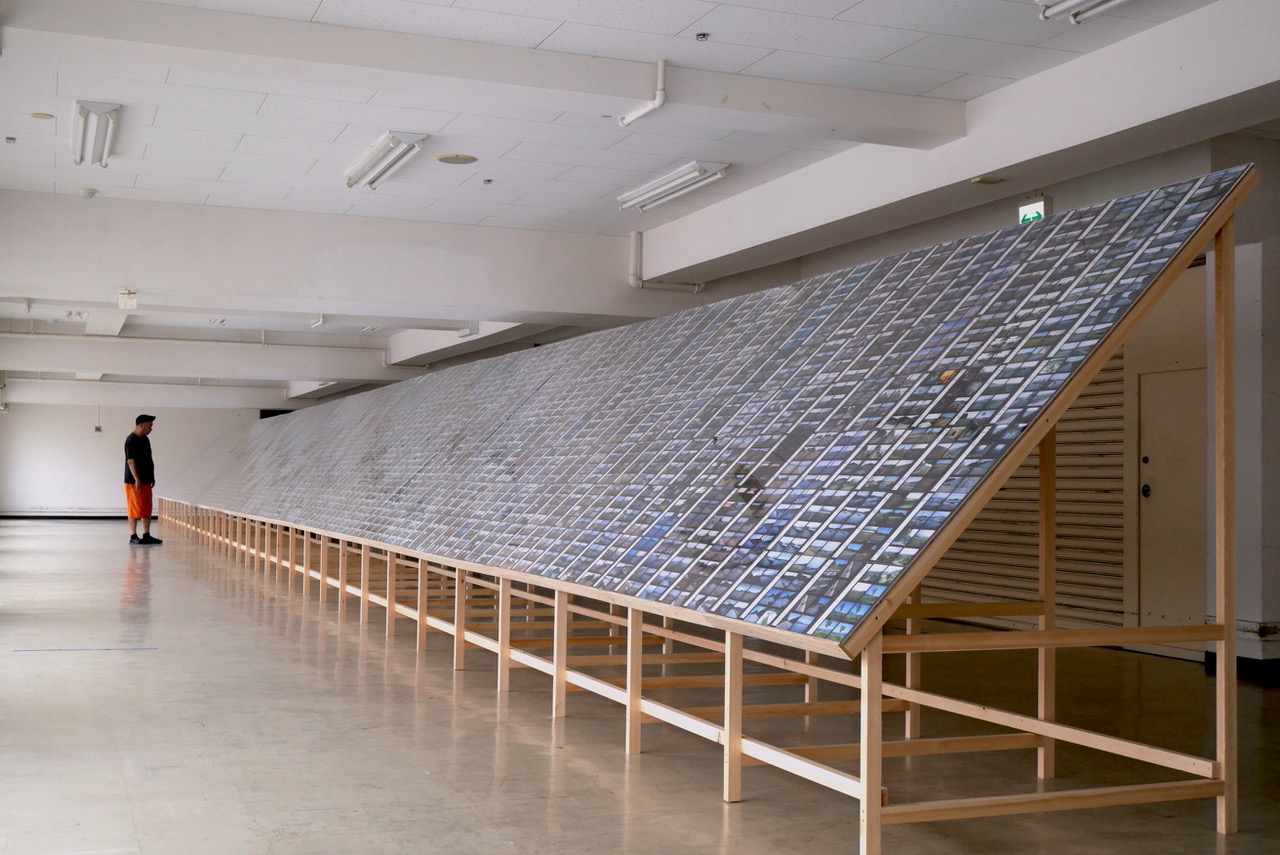Introduction: Disaster and Art – Linkages with Society |
|---|
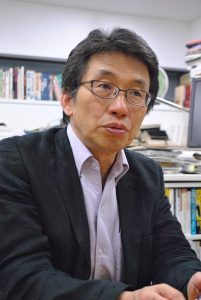 | Shunya Yoshimi Chairman of the Tokyo Cultural Resources Council and Professor at Kokugakuin University's School of Tourism and City Planning. As a sociologist, he has developed urban and media theories from a performative approach and has played a central role in Japanese cultural studies. He has long taught at the University of Tokyo, serving as Dean of the Interfaculty Initiative in Information Studies, Director of the University Research Center, Director of the Education Planning Office, and Vice President. He is also currently the President of the Society for Digital Archives. His major publications include "Urban Dramaturgy" (Kawade Bunko), "Exposition Politics" (Kodansha Gakujutsu Bunko), "Expo and Postwar Japan" (Kodansha Gakujutsu Bunko), "Pro- and Anti-America" (Iwanami Shinsho), "Beyond America" (Kobundo), "Visual City Geopolitics" (Iwanami Shoten), "Olympics and Postwar" (Kawade Shobo Shinsha), "Tokyo Urabashii" (Shueisha Shinsho), "Tokyo Fukko-nara" (Chuko Shinsho), and "Tokyo as a Loser" (Chikuma Shobo), among others. |
Part I: The History of Emergencies of Cities and Architecture |
|---|
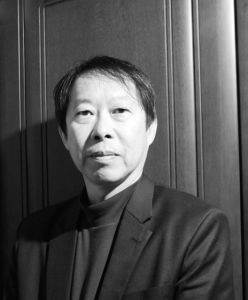 | Osamu Murao Professor, International Research Institute of Disaster Science, Tohoku University. Born 1965 in Yokohama. Completed graduate studies at Yokohama National University. After working as an assistant at the Institute of Industrial Science, University of Tokyo, and as an associate professor at the Department of Systems Information Science, University of Tsukuba, he has been in his current position since 2013. Aiming to systematize urban and architectural spaces in response to disasters, he is involved in research on post-disaster urban reconstruction and urban disaster prevention planning in Japan and abroad. His publications include Architecture, Space, and Disaster (2013) and Disaster Mitigation of Regions and Cities (2016), etc. He received the 2014 Architectural Institute of Japan Award and the 2020 Architectural Institute of Japan Award for Education (Educational Contribution). |
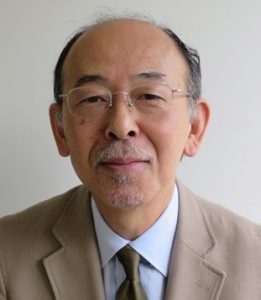 | Toshiharu Omuka Social and Art History Researcher. Born 1951 in Tokyo, Toshiharu Goden graduated from Waseda University's Faculty of Letters I in 1975, became a curator at the Hokkaido Museum of Modern Art in 1978, and a lecturer at the University of Tsukuba's Faculty of Art in 1985. In 1995, he received the Mainichi Publication Culture Award for his work "A Study of the Emerging Art Movement in the Taisho Period" (Skydoor). In 2017, he retired from the University of Tsukuba, where he is a Professor Emeritus. In the same year, he received the Minister of Education, Culture, Sports, Science and Technology's Art Encouragement Prize for "Modernism in Emergency" (University of Tokyo Press). 2018-22: Director of the Independent Administrative Institution National Museum of Art; 2022: "Tamijuro Kume: Modernism at the Crossroads: 'Reiju-ha'" (Serika Shobo). |
Part II: A Photographer and an Artist Confronted with their Disasters |
|---|
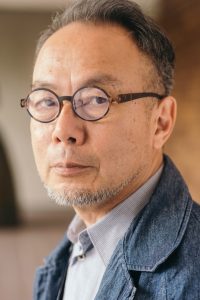 ©buerofuerkunstdokumentation | Naoya Hatakeyama Photographer. Born 1958 in Rikuzentakata, Iwate. Hatakeyama is a photographer based in Tokyo whose works focus on the relationship between nature, city, and photography. He represented Japan at the 49th Venice Biennale held in 2001, and in 2012 participated in the Japanese pavilion of the Venice Biennale International Architecture Exhibition (received the Golden Lion prize). In addition, Hatakeyama received the 42nd Mainichi Art Award in 2001, as well as the Art Encouragement Prize from the Ministry of Education, Culture, Sports, Science and Technology in 2012. |
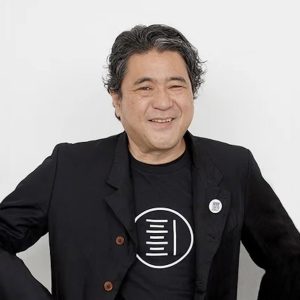 | Masato Nakamura Co-general Director of the Tokyo Biennale 2023. Born 1963 in Odate City, Akita, Japan. Professor at Tokyo University of the Arts (Department of Painting). A socially aware artist pushing forth diverse art projects with a focus on “art x community x industry.” In the early 1990s, he set up guerilla art projects – “THE GINBURART” in Ginza and “Sinjuku Shonen Art” in Shinjuku’s Kabukicho district (1993). From 1996 on, the artist caught global attention by transforming corporate identities into artworks, one major example being the McDonald’s golden arches. In 1997, he formed an alternative artist initiative Command N. Activities of this group include the international video installation “Akihabara TV” held multiple years in 1999, 2000, and 2002. His work was displayed in the 49th Venice Biennale (2001) Japan Pavilion “First & Slow” exhibition. From 2004, he founded a number of art projects including “himming” in Himi (Toyama, Japan) and “ZERODATE” in Odate (Akita, Japan). Nakamura founded 3331 Arts Chiyoda in June 2010 as an independent and sustainable art center. Through Command N and 3331, Nakamura has founded 10 art bases and held 740 art projects, in addition to overseeing close to 3,100 events with the collaboration of 2,000 artists, 180 core staff members, and 1,350 supporting staff/volunteers. He is the Co-general Director of the Tokyo Biennale 2020/2021 followed by the Tokyo Biennale 2023. |
Part III: Making as Living |
|---|
| Tokyo Biennale 2023 project director Kazuko Koike will join the speakers for a discussion. |
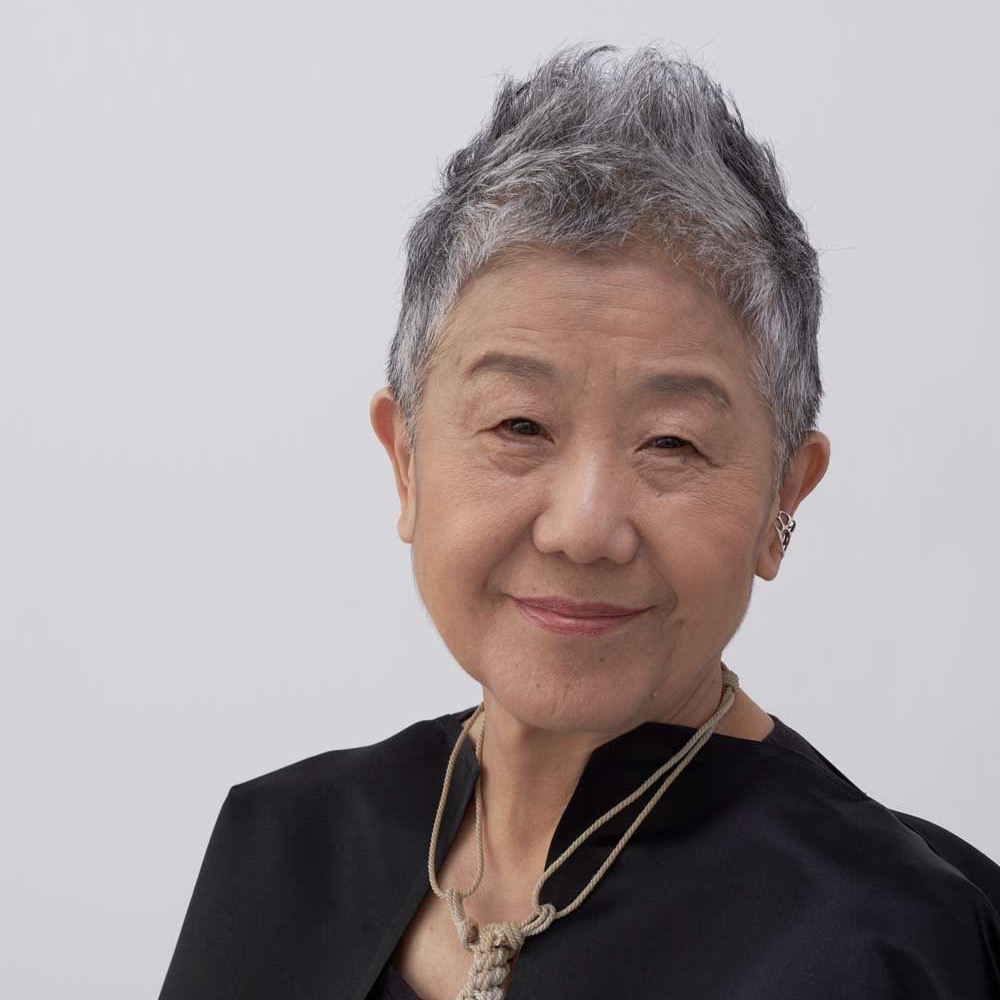 | Kazuko Koike
Creative Director. Involved in the founding of MUJI in 1980 she has served on the advisory board since then. In 1983 founded and led the alternative space “Sagacho Exhibit Space,” introducing many contemporary artists to Japan and abroad. She is a recipient of the Person of Cultural Merit Award for 2022 by the Japanese government. |


